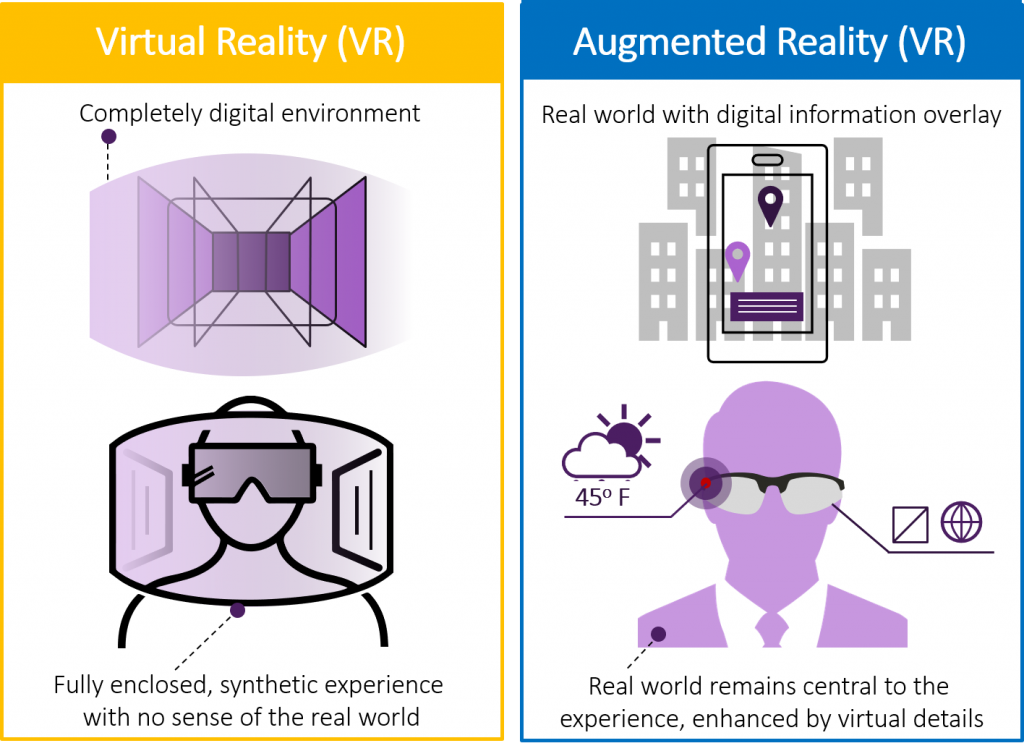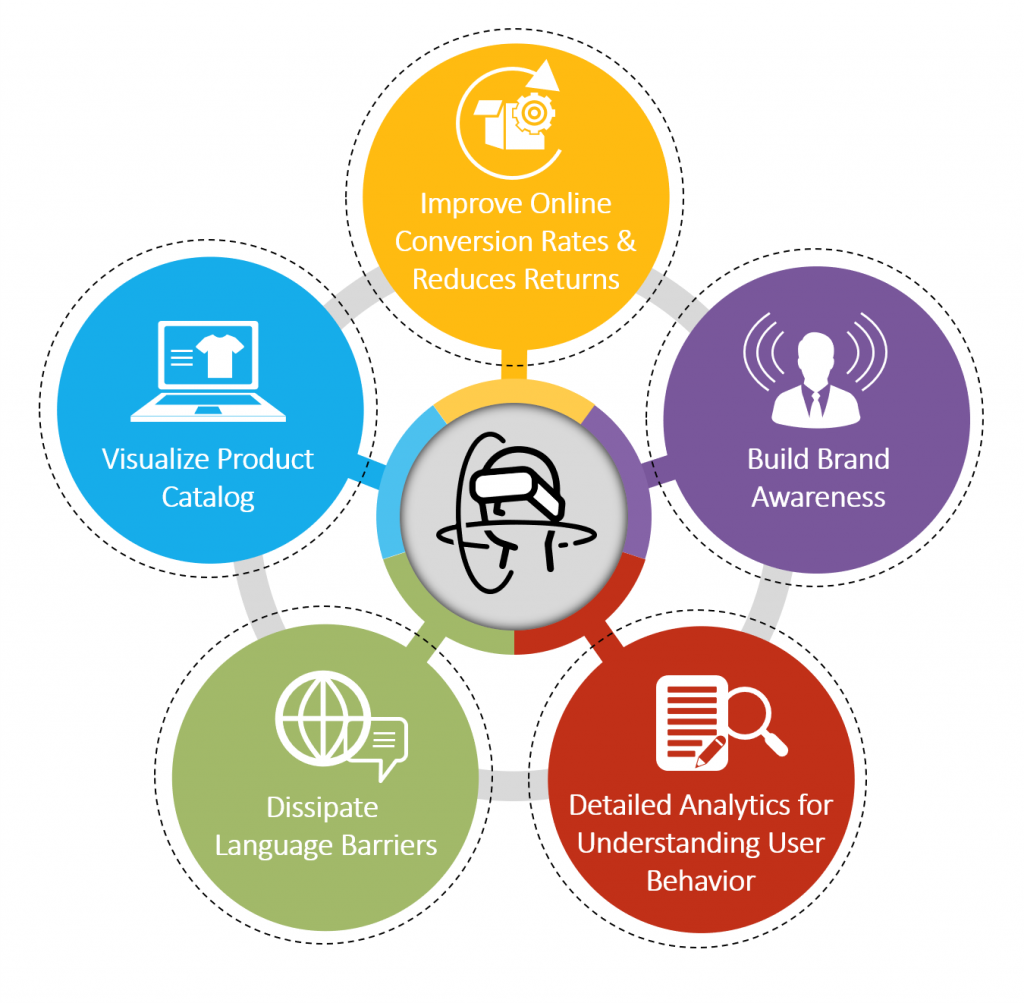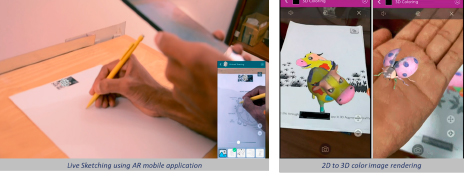Disrupting Digital Commerce through Extended Reality
From science fiction to a viable technology, Augmented and Virtual Reality (AR and VR), or Extended Reality (XR) as they are referred to in unison, are finding application in every activity of human life.
XR combines data from a physical world to the one that was created with digital tools. Once merged, the user sees the reality that is overlaid with suitable computer-generated information.
XR has already been transforming the retail and e-commerce industry for some years now. Especially AR due to lower implementation costs has already made its way across all the verticals of the retail industry like beauty, cosmetics, home furnishing, footwear, and apparel. Companies have started embedding it into existing technologies, thus enabling a 360° view of products and environments for retail consumers to explore. Now with the shift in working models from the workplace to secure work from home across geographies due to the COVID-19 pandemic, XR is uniquely positioned to disrupt the customer purchase cycle with its accelerated adoption in the coming months.
Augmented Reality vs Virtual Reality: The difference?
Although both AR and VR provide the user experience through 3-dimensional audio and video, there are fundamental differences between the two.

VR provides a complete immersive experience by shutting out the physical world. This form of XR is completely immersive and puts a user into an isolated reality. Using VR devices such as HTC Vive, Oculus Rift, or Google Cardboard, the users outside world is replaced with a virtual one.
AR is partly immersive. While operating an AR-enabled application, the real-world experience of the user is enhanced through virtual objects of the expanded layer.
In AR, the algorithm typically uses sensors and markers to spot the current position of physical objects and to regulate the location of simulated ones with respect to it. Once the positioning is locked in, the virtual object is rendered at that place.
The integration of the two technologies is referred to as mixed or merged reality (MR).
Key benefits of incorporating XR in Ecommerce

- Improve online conversion rates and reduce returns – XR can disrupt the way users view products online. With the help of this technology, instead of seeing the product on models/mannequins customers can visualize the product on themselves and interact with it as well. Brands like Lacoste and JC Penny have started utilizing AR to create Virtual Try-Out rooms. As consumers make more informed purchases, companies can improve online conversions as well as reduce product returns.
- Dissipates barriers of language – AR/VR tools can cut across language barriers by displaying product information in the user-specified language using the same AR-powered displays. Shopping platforms based on this technology can therefore expand the potential target group and increase the product reach. This feature can be delivered not only through smartphone applications but also through print mediums.
- Visualizes product catalog – The simulated products can provide the customer with a real-time, scale view of what the product would look like in a real-world setting. It enables the customer to better understand the value proposition of the product by providing a heightened interaction with the product and an immersive product demonstration. XR can also improve warehouse management by aiding navigation for storage/retrieval of items in large warehouses.
- Build brand awareness – With the help of XR, a company can enhance its brand awareness to a wider audience. Brands have started using mobile-based AR apps to provide unique experiences for users. This facilitates a higher top of the mind awareness for the brand and empowers brands to pursue unique user interaction strategies.
- Detailed analytics for understanding user behavior – AR and VR solutions integrate web and social media analytics to enrich the view of customers. This in turn helps create precise user personas that can influence the consumer decision journey. Moreover, because AR and VR are intuitive in nature, they can provide additional metrics to help understand user behavior.
How ITC Infotech is using Extended Reality to unlock value for customers
ITC Infotech is leveraging this tectonic shift in the application of XR and has established a dedicated innovation lab to address the existing business problems using disruptive technologies like XR. Let’s look at the example of a CPG client with annual revenue of USD 7 billion. ITC Infotech designed an AR-based solution to drive sales and improve customer retention through increased customer engagement. To achieve this, the solution used features such as Live tracing, 3-Dimensional object rendering from 2-Dimensional drawings, and interactive videos in the Augmented Reality view. These features were first determined based on the target user demographic and its unique attributes. The lab was then used as a sandbox to assess and determine the business relevance, viability, and the impact of the developed solution.

This solution design philosophy was also used to develop an AR-based solution for a US-based consumer product client which specializes in household essential products. The solution, integrated with the end-user interface, enabled the users to scan and upload a 3-Dimensional wireframe of their bins/containers to generate suggested products. This functionality ensured that the consumers were always presented with the most relevant products based on their requirements.
To learn more about how your company can leverage ITC Infotech’s capability to create an immersive consumer journey please visit www.itcinfotech.com, and also explore how it’s using XR in tandem with other disruptive technologies to actualize solutions in the field of Augmented Product Catalogues, Augmented Sales and Marketing, Virtual Training, Assisted Augmented Quality Inspection, Augmented Maintenance Support and Virtual Digital Twins.
Author:
Arunav Sharma
Consultant, DATA











